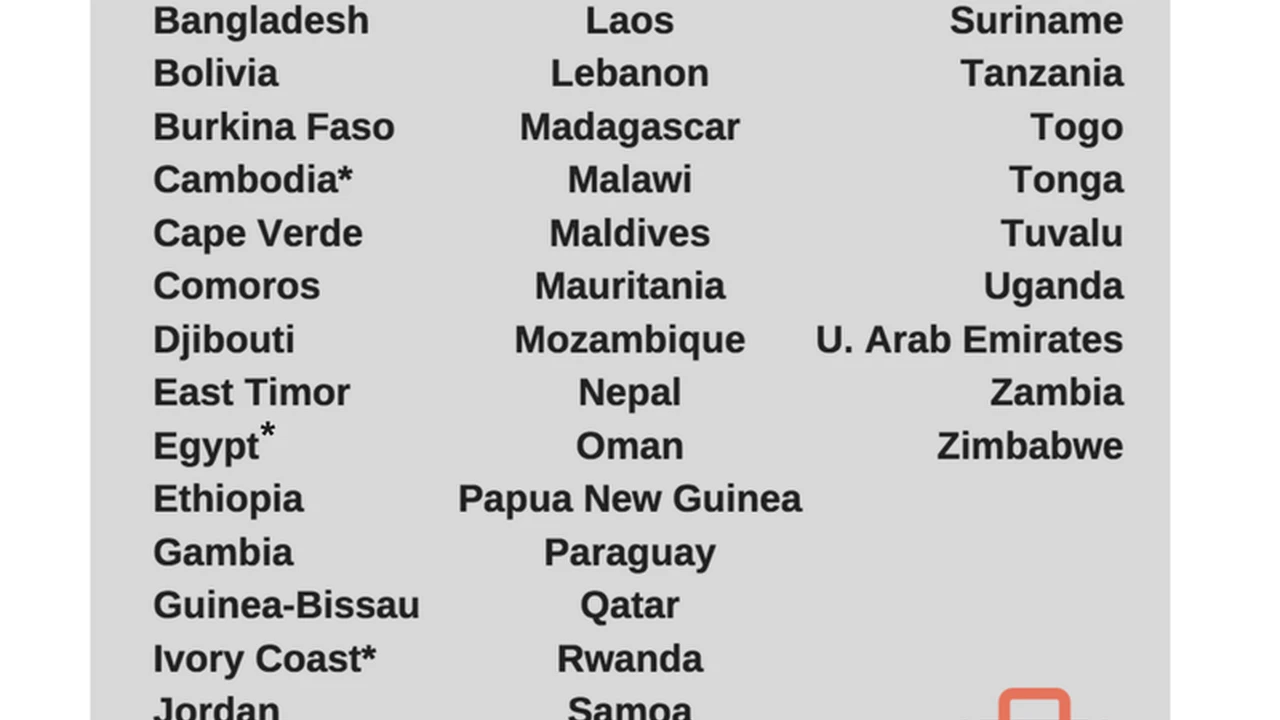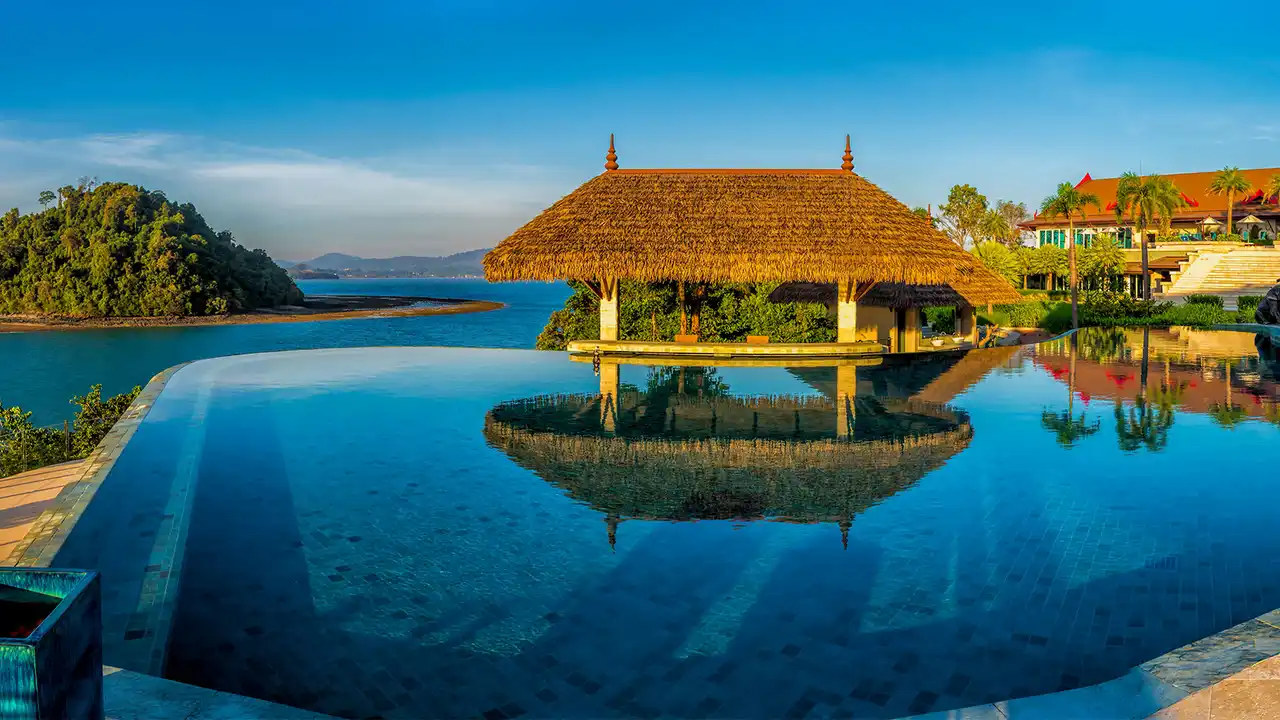Southeast Asia Travel: Visa Requirements for US Citizens

Understanding Visa Requirements for Southeast Asia Travel: A US Citizen's Guide
So, you're dreaming of sipping coconut water on a Thai beach, exploring ancient temples in Cambodia, or maybe getting lost in the bustling markets of Vietnam? Southeast Asia is calling! But before you pack your bags and book that flight, let's talk visas. As a US citizen, understanding the visa requirements for each country in this diverse region is crucial for a smooth and stress-free trip. This guide will break down the essentials, making sure you're visa-ready for your Southeast Asian adventure.
Visa-Free Entry for US Citizens: Quick Getaways and Tourist Stays
The good news is that many Southeast Asian countries offer visa-free entry for US citizens for short tourist stays. This means you can often hop over for a quick vacation without the hassle of applying for a visa in advance. Here's a rundown:
- Singapore: Up to 90 days. Think futuristic cityscapes, delicious food, and stunning gardens.
- Malaysia: Up to 90 days. Explore vibrant cities like Kuala Lumpur, relax on beautiful beaches, and discover lush rainforests.
- Thailand: Up to 30 days (entry by air) or 15 days (entry by land). From bustling Bangkok to serene islands, Thailand offers something for everyone.
- Indonesia: Up to 30 days. Discover the beauty of Bali, explore the ancient temples of Java, and experience the diverse cultures of this archipelago.
- Philippines: Up to 30 days. Island hopping, stunning beaches, and friendly locals await you in the Philippines.
- Brunei: Up to 90 days. Explore this oil-rich nation's unique culture and architecture.
Important Note: These visa-free periods are typically for tourist purposes only. If you plan to work, study, or engage in other activities, you'll likely need to apply for a different type of visa.
Visa on Arrival (VOA): A Convenient Option for Some
For some countries, you can obtain a visa upon arrival at the airport or land border. This can be a convenient option, but it's essential to check the specific requirements and have all necessary documents ready. Here are a few examples:
- Laos: Visa on arrival is available at certain entry points. Make sure to have passport photos and the visa fee in US dollars.
- Cambodia: Visa on arrival is also an option. Again, bring passport photos and the visa fee.
Always double-check the latest information on the embassy or consulate website before your trip, as visa policies can change.
Visa Applications: Planning Ahead for Longer Stays
If you plan to stay longer than the visa-free period or engage in activities that require a visa, you'll need to apply for a visa in advance. This typically involves submitting an application form, passport photos, and other supporting documents to the embassy or consulate of the country you plan to visit. Here are some examples:
- Vietnam: US citizens typically need to apply for a visa in advance. You can apply through the Vietnamese embassy or consulate in the US or through an online visa agency.
- Myanmar: An e-visa is often the easiest way to obtain a visa for Myanmar. You can apply online and receive your visa electronically.
The application process can take time, so it's best to apply well in advance of your trip.
Passport Validity: Don't Get Caught Out!
Most Southeast Asian countries require your passport to be valid for at least six months beyond your intended stay. Make sure to check your passport's expiration date and renew it if necessary before you travel. Getting denied entry because your passport is about to expire is a major travel bummer!
Essential Documents: Being Prepared is Key
Regardless of whether you need a visa or not, it's always a good idea to carry the following documents with you:
- Your passport
- Copies of your passport and visa (keep these separate from your original documents)
- Proof of onward travel (e.g., a return flight ticket)
- Hotel reservations
- Travel insurance information
Travel Insurance: Peace of Mind for Your Trip
Speaking of travel insurance, it's a must-have for any trip to Southeast Asia. It can protect you against unexpected events such as medical emergencies, lost luggage, and trip cancellations. Consider these options:
- World Nomads: A popular choice for adventurous travelers. Offers comprehensive coverage and options for activities like hiking and diving. Prices vary depending on your trip length and coverage level, but expect to pay around $50-$150 for a two-week trip.
- Allianz Travel Insurance: A well-known provider with a range of plans to suit different needs. Offers coverage for medical expenses, trip interruptions, and lost luggage. Prices are competitive, with plans starting around $40 for a two-week trip.
- SafetyWing: A subscription-based travel insurance that's ideal for long-term travelers and digital nomads. Offers affordable coverage and flexible options. Prices start around $42 per month.
Comparison: World Nomads is great for adventurous activities, Allianz offers a wide range of options, and SafetyWing is ideal for long-term travel. Choose the plan that best fits your needs and budget.
Staying Connected: SIM Cards and Portable Wi-Fi Hotspots
Staying connected is essential for navigating new cities, booking transportation, and keeping in touch with loved ones. Here are a few options:
- Local SIM Card: The most affordable way to stay connected. You can purchase a local SIM card at the airport or in most cities. Telkomsel in Indonesia, AIS in Thailand, and Viettel in Vietnam are popular providers. Expect to pay around $5-$15 for a SIM card with a decent data allowance.
- Portable Wi-Fi Hotspot (e.g., Tep Wireless, Skyroam): A convenient option for connecting multiple devices. You rent a portable Wi-Fi hotspot and pay for data usage. Prices vary depending on the provider and data allowance, but expect to pay around $8-$15 per day.
Comparison: A local SIM card is the most cost-effective option for individual travelers. A portable Wi-Fi hotspot is a good choice for families or groups who need to connect multiple devices. Before you leave home, make sure your phone is unlocked so it can accept a local SIM card.
Power Adapters: Keeping Your Devices Charged
Most Southeast Asian countries use different electrical outlets than the US. You'll need a power adapter to charge your devices. A universal travel adapter is a good investment.
- Universal Travel Adapter (e.g., BESTEK Universal Travel Adapter): This adapter works in most countries around the world and has multiple USB ports for charging your devices. It typically costs around $20-$30.
Money Matters: Currency Exchange and ATMs
It's a good idea to have some local currency on hand when you arrive. You can exchange US dollars at the airport or at currency exchange booths in cities. ATMs are also widely available, but be aware of potential fees.
- Travel Money Belt (e.g., Zero Grid Money Belt): A discreet way to carry your cash and credit cards. It typically costs around $15-$25.
Staying Safe: Common Sense and Precautions
Southeast Asia is generally a safe region for travelers, but it's always important to be aware of your surroundings and take precautions against petty theft. Avoid walking alone at night in poorly lit areas, and keep your valuables out of sight.
Packing Essentials: What to Bring
Packing light is key for traveling in Southeast Asia. Here are a few essentials:
- Lightweight clothing
- Comfortable shoes
- Sunscreen
- Insect repellent
- A hat
- A reusable water bottle
Enjoy Your Adventure!
With a little planning and preparation, you can have an amazing and unforgettable trip to Southeast Asia. So, get your visa sorted, pack your bags, and get ready to explore this incredible region!
:max_bytes(150000):strip_icc()/277019-baked-pork-chops-with-cream-of-mushroom-soup-DDMFS-beauty-4x3-BG-7505-5762b731cf30447d9cbbbbbf387beafa.jpg)





